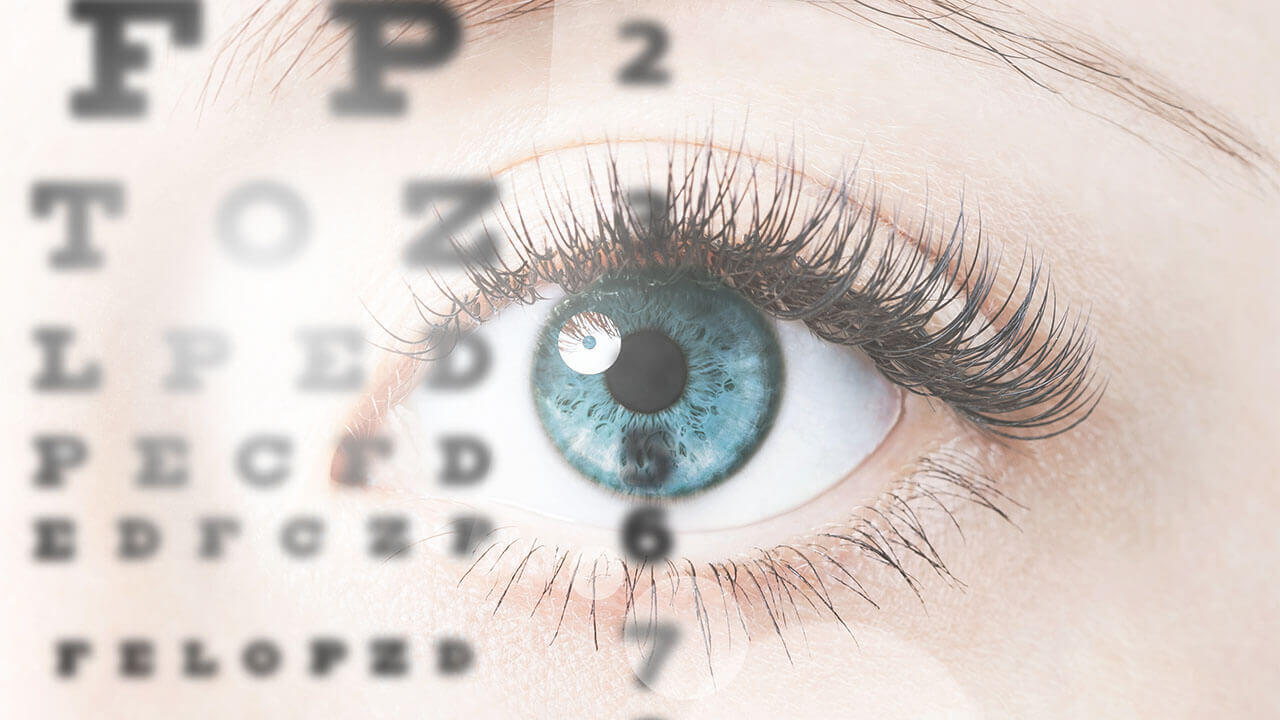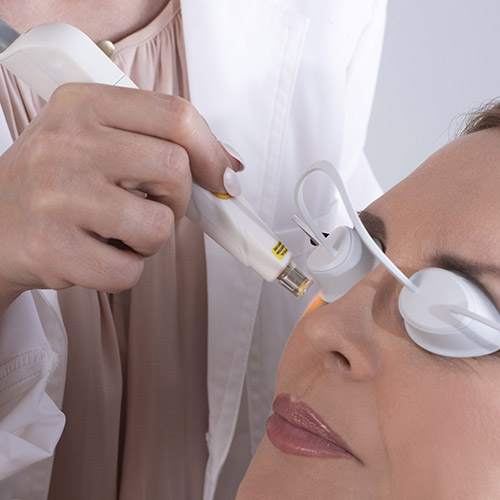

Our eyes operate similar to a camera, each using a lens to see clearly. The eye lens is made of water and protein. Sometimes the protein clumps together to form a cataract. A cataract can occur in one or both eyes, but it does not spread from eye to eye.
Cataracts can be caused by the aging of the protein in your eyes, smoking, diabetes, surgery or an eye injury.
Symptoms include:
The surgery for cataracts involves removing the cloudy lens and replacing it with an artificial lens. There are two surgical options available. The first is using a traditional approach with an incision and scalpel. The second uses a laser to make the incision. In both cases, surgeries are performed by a skilled doctor with years of training. The major difference involves the tools your doctor uses. Both are great options and one surgery isn’t better than the other. Which approach you choose will be up to you and your surgeon. A typical procedure only takes about 15 minutes. It’s an outpatient procedure meaning you go home the same day with all the necessary instructions to ensure it heals properly.
A cataract can be identified during a comprehensive eye exam. If you or someone you know is experiencing any of the symptoms, schedule an eye exam to discuss treatment options.
Cataracts can be caused by the aging of the protein in your eyes, smoking, diabetes, surgery or an eye injury.
Symptoms include:
- Cloudy or blurry vision
- Colors seem faded
- Headlights, lamps or sunlight may appear too bright
- A halo may appear around lights
- Poor night vision
- Double vision
The surgery for cataracts involves removing the cloudy lens and replacing it with an artificial lens. There are two surgical options available. The first is using a traditional approach with an incision and scalpel. The second uses a laser to make the incision. In both cases, surgeries are performed by a skilled doctor with years of training. The major difference involves the tools your doctor uses. Both are great options and one surgery isn’t better than the other. Which approach you choose will be up to you and your surgeon. A typical procedure only takes about 15 minutes. It’s an outpatient procedure meaning you go home the same day with all the necessary instructions to ensure it heals properly.
A cataract can be identified during a comprehensive eye exam. If you or someone you know is experiencing any of the symptoms, schedule an eye exam to discuss treatment options.

.jpg?width=500&height=500&ext=.jpg)

